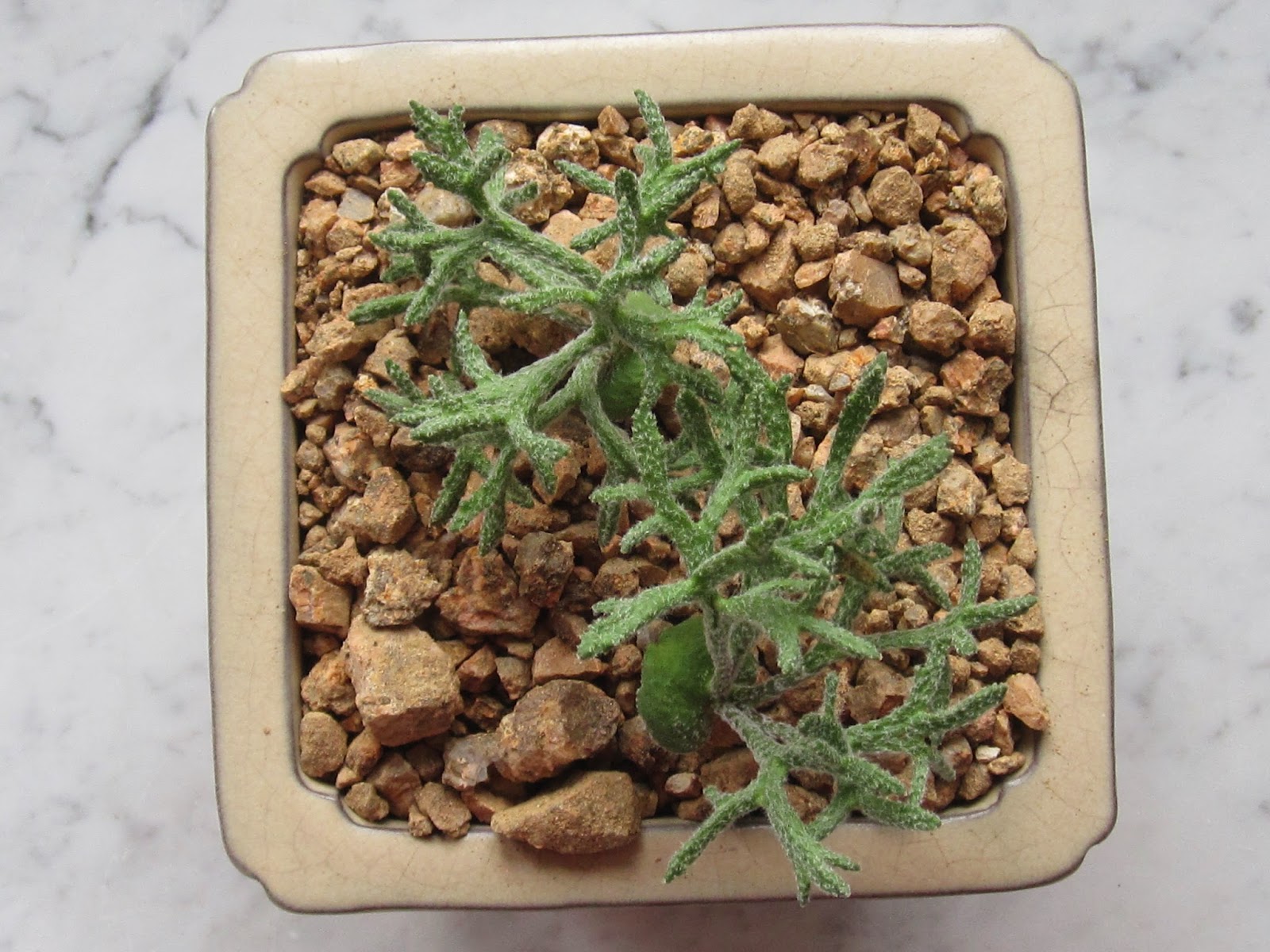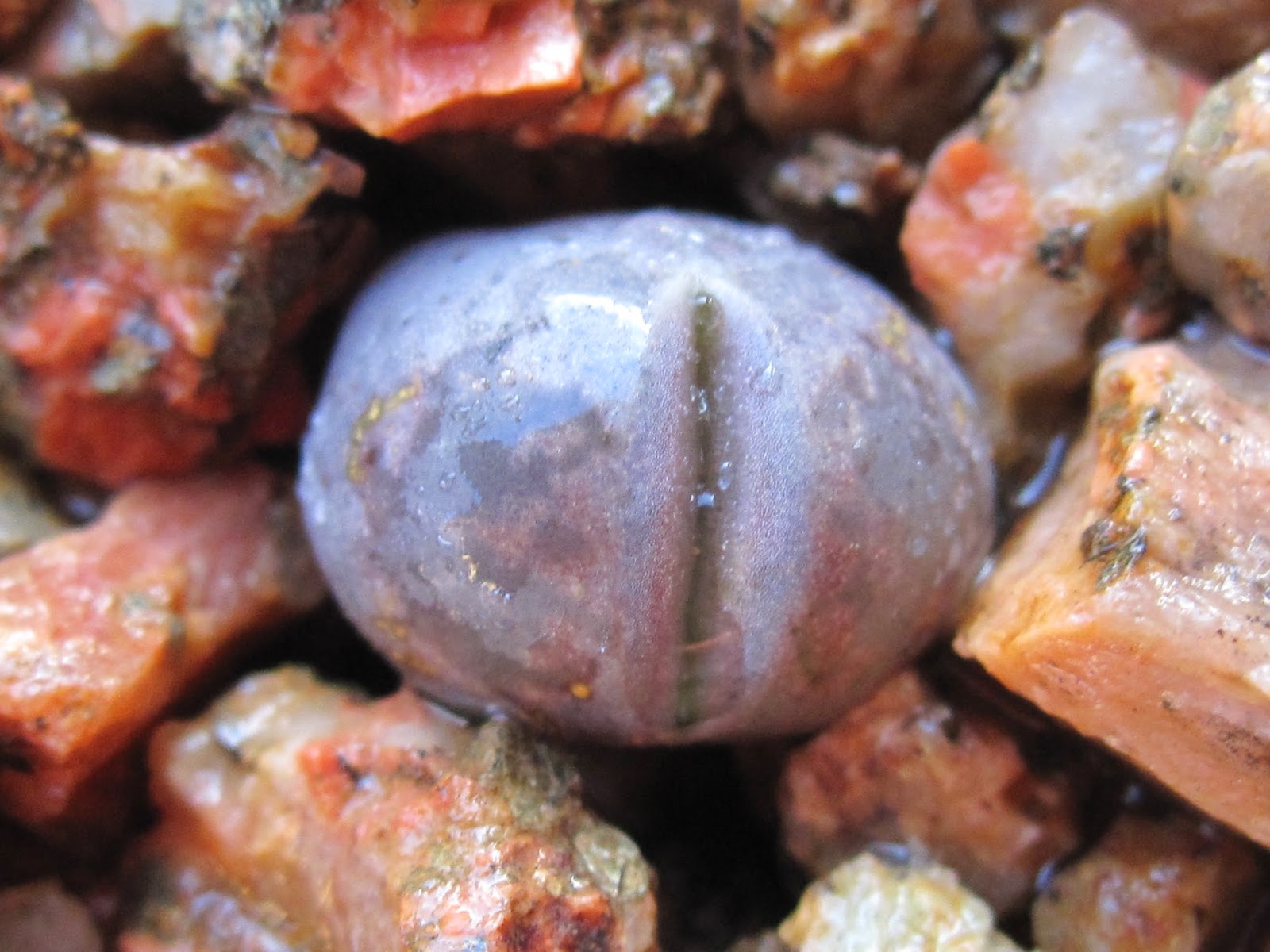The whole genus TURBINICARPUS will be found in northern Mexico where the states of Coahuila, Nuevo Leon, San Luis Potosi and Zacatecas meet each other.
All species of the genus dwell only in lime stone substrate, in CALIZA or CALICHE. CALIZA has been created by sedimentation - think of the age of JURA or KREIDE - and CALICHE has been built up by evaporation - think of the creation of NaCl salt. Sometimes the plants grow in crevices filled up with peat or organic substrate.
They grow in the mountains at around 1000 m to 2000 m high in sunny or half-shaded habitats.
substrate
So allways use mineral substrate with adding some lime stone. Adding some peat is possible.
culture
They are of very easy culture and they will not trouble you at all.
My plants all stand in full sun in pure mineral substrate with no peat added. I fertilize and water them as I do with all my other succulents.
From October or November - depending of the sunny or lousy October that will be - until March or April I will give my plants no water. The temperature will be at a minimum of 5 C to 10 C in winter.
From April to October they will stand outside in full sun sheltered only from the rain.
All species of the genus dwell only in lime stone substrate, in CALIZA or CALICHE. CALIZA has been created by sedimentation - think of the age of JURA or KREIDE - and CALICHE has been built up by evaporation - think of the creation of NaCl salt. Sometimes the plants grow in crevices filled up with peat or organic substrate.
They grow in the mountains at around 1000 m to 2000 m high in sunny or half-shaded habitats.
substrate
So allways use mineral substrate with adding some lime stone. Adding some peat is possible.
culture
They are of very easy culture and they will not trouble you at all.
My plants all stand in full sun in pure mineral substrate with no peat added. I fertilize and water them as I do with all my other succulents.
From October or November - depending of the sunny or lousy October that will be - until March or April I will give my plants no water. The temperature will be at a minimum of 5 C to 10 C in winter.
From April to October they will stand outside in full sun sheltered only from the rain.
































